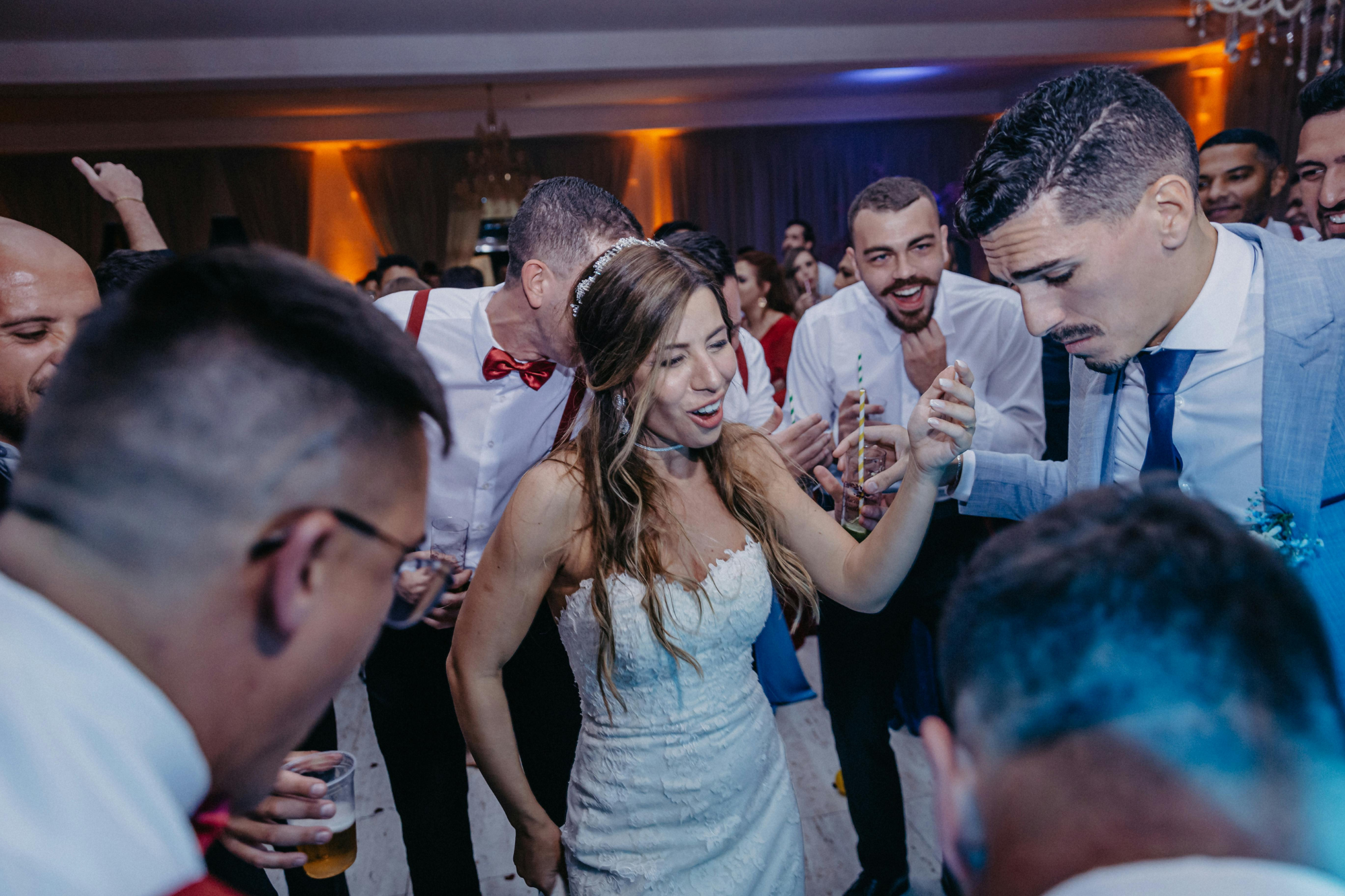A guide to diverse marriage forms couples can consider for their unique relationships.

Marriage takes many forms beyond the traditional ceremony, reflecting the diverse ways couples choose to connect and commit. From legal marriages to common-law unions, civil partnerships to open or polyamorous arrangements, each type carries distinct social, cultural, and legal implications. Understanding these variations helps couples navigate their options thoughtfully, ensuring their chosen arrangement aligns with their values, needs, and expectations while considering rights and responsibilities.
1. Explore the concept of open marriages where partners enjoy emotional freedom.

Open marriages redefine traditional boundaries, offering partners the opportunity to form connections beyond their primary relationship. This arrangement allows for emotional exploration, often with agreed-upon rules and open communication. Trust and honesty form the foundation, ensuring that partners maintain a strong, core connection.
Mutual consent is crucial in preserving the primary relationship’s integrity. In open marriages, clear communication reduces misunderstandings, and boundaries help maintain emotional security. Some find it liberating, while others may struggle with jealousy or imbalance, underscoring the need for continual dialogue and reassessment.
2. Consider a committed cohabitation without formal legal documentation.

Commited cohabitation without legal documentation is for couples who prefer to eschew formal processes. These arrangements focus on partnership and shared responsibilities without the legal obligations of marriage. Couples live together, blend lives, yet remain outside traditional legal frameworks.
Such arrangements depend on mutual understanding and shared goals. Without legal recognition, partners may lack financial benefits or rights often associated with marriage. Clear agreements about finances and responsibilities become essential, providing the foundation for stability despite the absence of legal ties.
3. Discover the dynamics of a polyamorous marriage with multiple consensual partners.

Polyamorous marriages involve multiple partners in agreed-upon, consensual relationships. Unlike traditional arrangements, polyamory balances multiple emotional and sometimes physical bonds, fostering diverse connections. Communication is paramount, ensuring all parties are informed and comfortable with the dynamics.
Navigating jealousy and ensuring fairness can present challenges within such marriages. Formal or informal agreements may exist to outline expectations and boundaries. Despite involving more individuals, these relationships often revolve around transparency and strong interpersonal skills to maintain harmony and equity.
4. Understand the principles of a long-distance marriage maintaining strong connection.

Long-distance marriages challenge traditional notions of daily proximity with partners living separately due to work or personal choices. Video calls and messages become lifelines, keeping partners connected across miles. Essential emotional support persists even when physical presence is infrequent.
The key is maintaining trust and reinforcing bonds through communication. Challenges such as time zones or missed occasions test the relationship. This arrangement can teach patience and resilience, revealing that emotional closeness thrives despite geographical distance when both partners prioritize connection.
5. Learn about arranged marriages and their cultural significance worldwide.

Arranged marriages root themselves in cultural significance, often orchestrated by families with shared values. Individuals may have varying levels of input in partner selection, but traditions shape their union’s foundation. These marriages are common in regions valuing community ties and familial connections.
While perceived as outdated by some, arranged marriages can foster strong family bonds and cultural preservation. As societal norms shift, more young people influence the decision, blending traditional approaches with modern autonomy. The balance allows for partnerships that respect heritage while accommodating personal preferences.
6. Delve into the structure of a common-law marriage recognized by cohabitation.

Common-law marriage arises from living together in a manner resembling marriage for a specified period. Legal systems in some regions recognize these unions without formal ceremonies. Partners may gain marital rights and obligations common to traditionally married couples, such as property rights.
Misconceptions abound; not all cohabiting arrangements qualify as common-law marriages. Legal recognition varies, necessitating an understanding of regional laws. These marriages often require proving intent and duration of cohabitation to claim benefits, highlighting the importance of documenting shared life aspects.
7. Explore marriages focused on companionship more than traditional roles.

Marriages focused on companionship prioritize emotional connection over conventional roles. These partnerships evolve from deep respect and mutual enjoyment, with everyday life shared through supportive interactions. Such unions embrace flexibility, marrying unique strengths and interests.
While some couples divert from conventional expectations, focusing on companionship offers fulfillment through friendship and shared experiences. Beyond dividing chores or raising children, these partnerships emphasize personal growth and joint adventures, underscoring that love needn’t fit predefined molds to thrive.
